Forum
Birds Connect People Over Borders
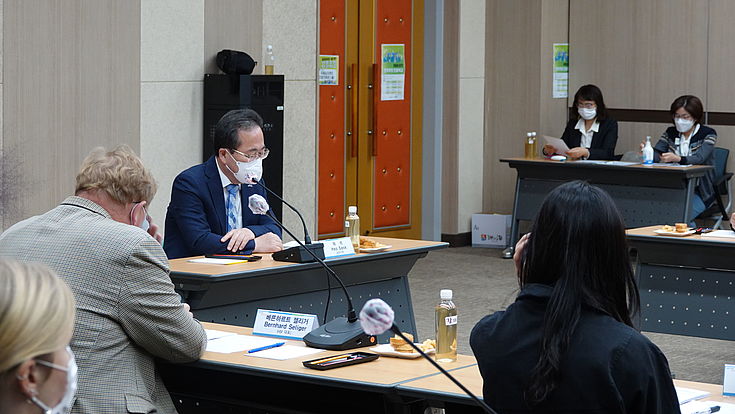
Tino Maduku, EAAFP
In his opening statement, Major Seok emphasized that birds are crossing borders and are thus constantly connecting the two Koreas. Hence, both Koreas should jointly work for a better future and cooperate to protect and wisely use the wetlands as the birds’ habitat. He strongly emphasized that Suncheon city actively supports inter-Korean cooperation and any opportunities to build peace on the Korean Peninsula. Therefore, developing a cooperation between the two countries through birds and wetlands would be a great and realizable vision for the future.

Tino Maduku, EAAFP
Dr. Seliger, representative of HSF Korea, stressed that, thanks to the knowledge of the locals, his team was able to experience especially beautiful places in Suncheon Bay. Related to the current situation he pointed out that birds always, even during a global pandemic, have close bonds to North Korea and called for jointly working on the habitat protection of these birds in a cooperative way. He then held a presentation on the ecological importance of Mundok in the DPR Korea as it holds an internationally important concentration of Swan Geese and even Crested Ibises.
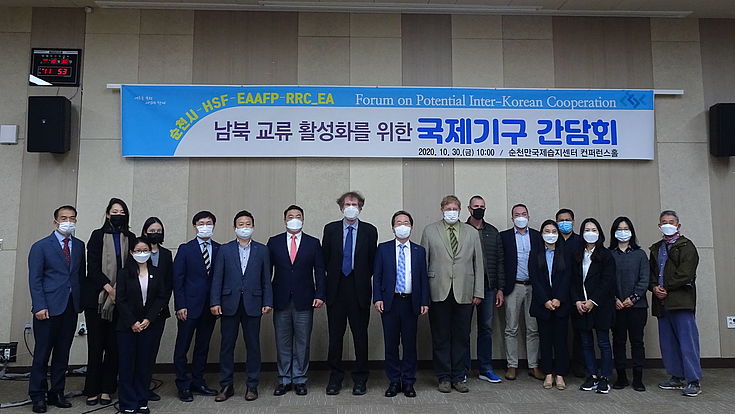
Giving an overview of the HSF’s work on wetlands he also included the foundation’s project on wetlands in North Korea. He introduced the idea of a possible sister city ship between South Korean Suncheon and North Korean Sunchon based on ecological cooperation and referred to past experiences of town twinning between East and West Germany.
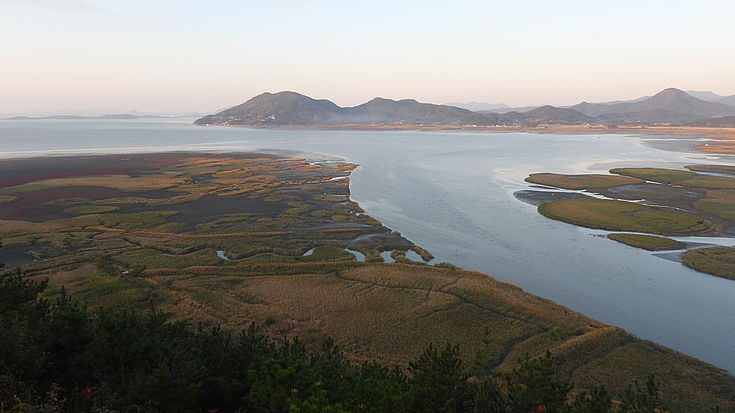
As a second presenter, the local bird expert Hwang Son-Mi talked about the past, present and future of Suncheon as a wetland city of the Ramsar convention. She particularly stressed the eco-city branding that has taken place in Suncheon and the connected engagement of local communities. While the Hooded Crane postulates the flagship species of the Suncheon Bay today, in the late 1980s there had only been a population of 80 birds left. Thanks to the strong efforts to conserve the Suncheon Bay ecosystem, adopting integrated wetland management policy however, the number has gone up to 2700 in 2019.
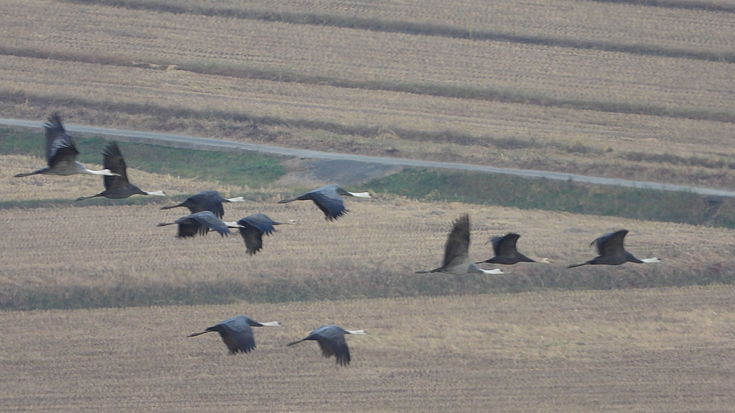
Beyond many activities for the wetland preservation, Suncheon city is also working on bilateral cooperation, e.g. by taking part at Ramsar Conventions. Hwang pointed out that such events are good platforms to also learn about wetlands in the DPR Korea. She closed her presentation by expressing her wish for inter-Korean cooperation in the future between the Suncheon Bay and Mundok Reserve via connecting the flyway of Crane Rumi.
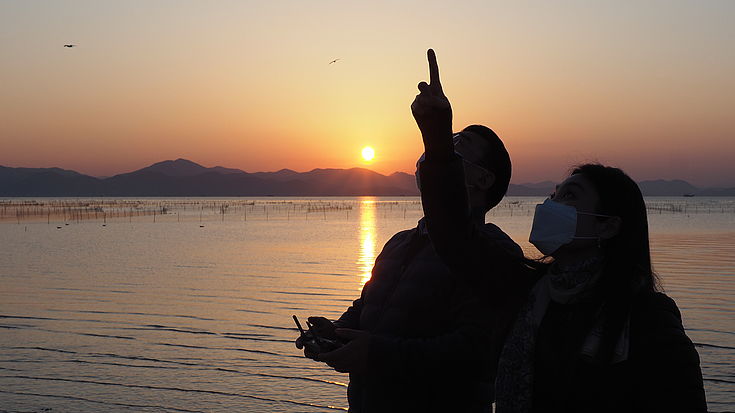
The two lectures were followed by a lively discussion on possible ways for future cooperation of North and South Korea. Since North Korean officials are interested in the adaption of ecotourism, a possible cooperation could be the knowledge transfer of Suncheon city’s management experiences. Also, including North Korea in the crane network would be politically immediately feasible and especially in these times the focus should lie on immediate actions. The EAAFP further elaborated on this topic, suggesting to invite the DPR Korea as a regular member of the Crane Network Cooperation. Furthermore, the EAAFP is planning on designing a photo book with its North Korean partners. Such a photo project is expected to be a good tool to raise awareness for the exceptional biodiversity in North Korea.
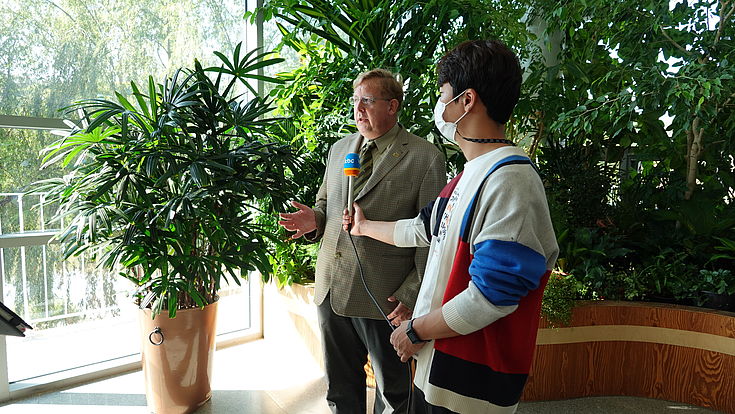
Tino Maduku, EAAFP
The forum was met with great media interest. Ahead of the Forum, Dr. Seliger and Dr. Watkins from the EAAFP were both interviewed by the local TV channel kbc. Furthermore articles were published in several newspapers, including startuptoday, yonhap news, and wikitree. The video and articles are all in Korean.
